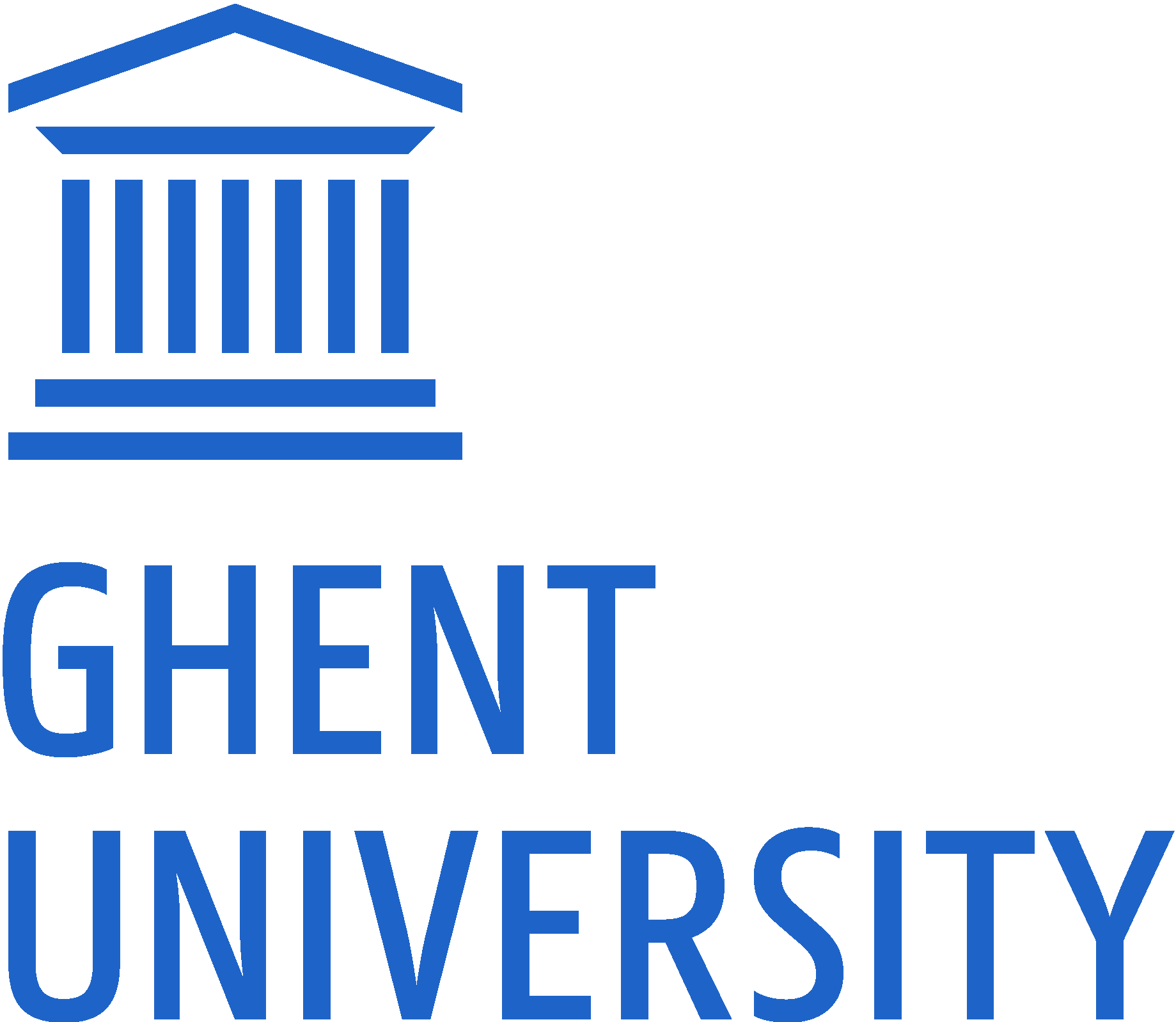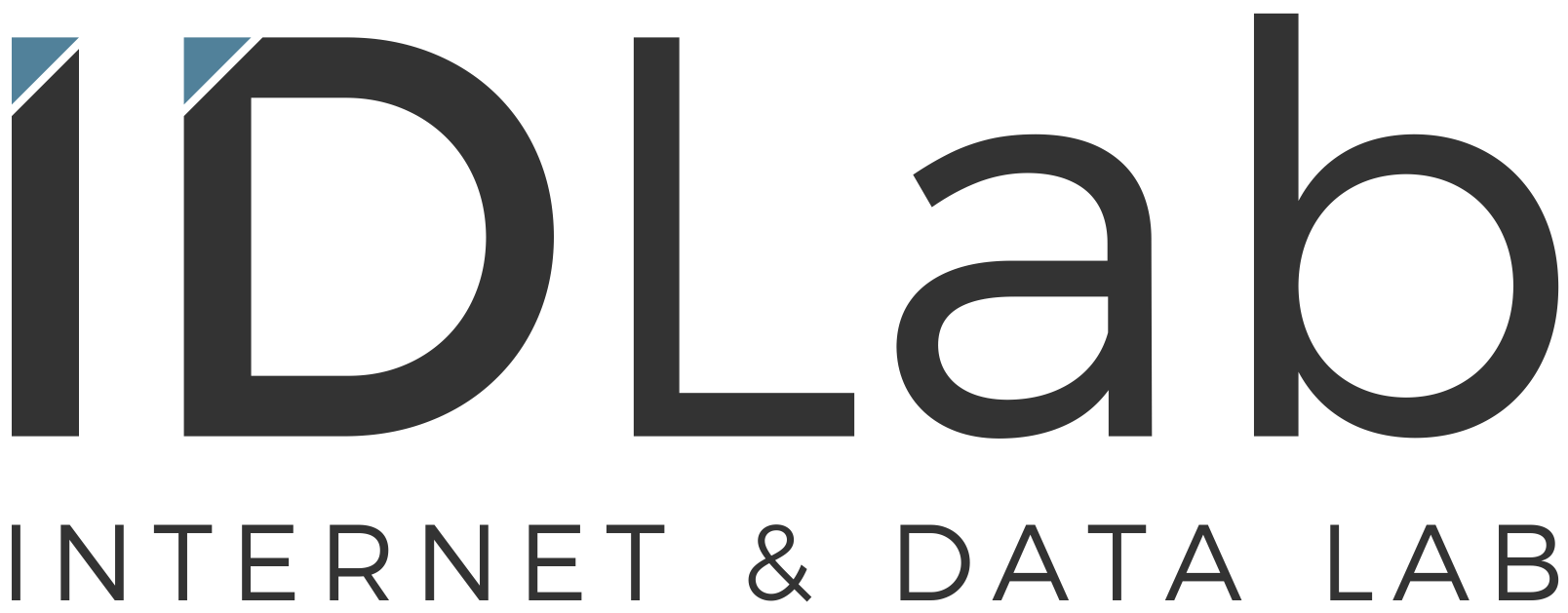Tackling the Write-to-Read Web of Data with Trustflows
Ben De Meester, Julián Rojas, Femke Ongenae, Pieter Colpaert, Ruben Verborgh
IDLab, Department of Electronics and Information Systems, Ghent University - imec, Ghent, Belgium
⚠️
The read-write symmetry in current decentralized ecosystems for Linked Data hinders interoperability
-
What you write is not necessarily what you want/need to read.
- The data models needed to read data diverge from the data model used to originally write the data.
-
Data models change and your app needs to follow.
- CRUD symmetry forces apps to individually interpret evolving data models into their own context.
-
Wait! Who is in charge of these data?.
- When multiple actors can write data, the implicit trust context of a single authority is no longer valid.
✅
The Trustflows approach: CQRS + Event Sourcing for explicit Trust contexts
Trustflows operational model
-
CQRS (Command Query Responsability Segregation) to decouple writing from reading.
- More flexibility at the cost of increased complexity.
-
Common semantic mappings to handle data model change.
- Catering for evolving and alternative data models .
-
Event Sourcing for explicit trust contexts
- Provenance (e.g., PROV-O) is made explicit for every data write.


